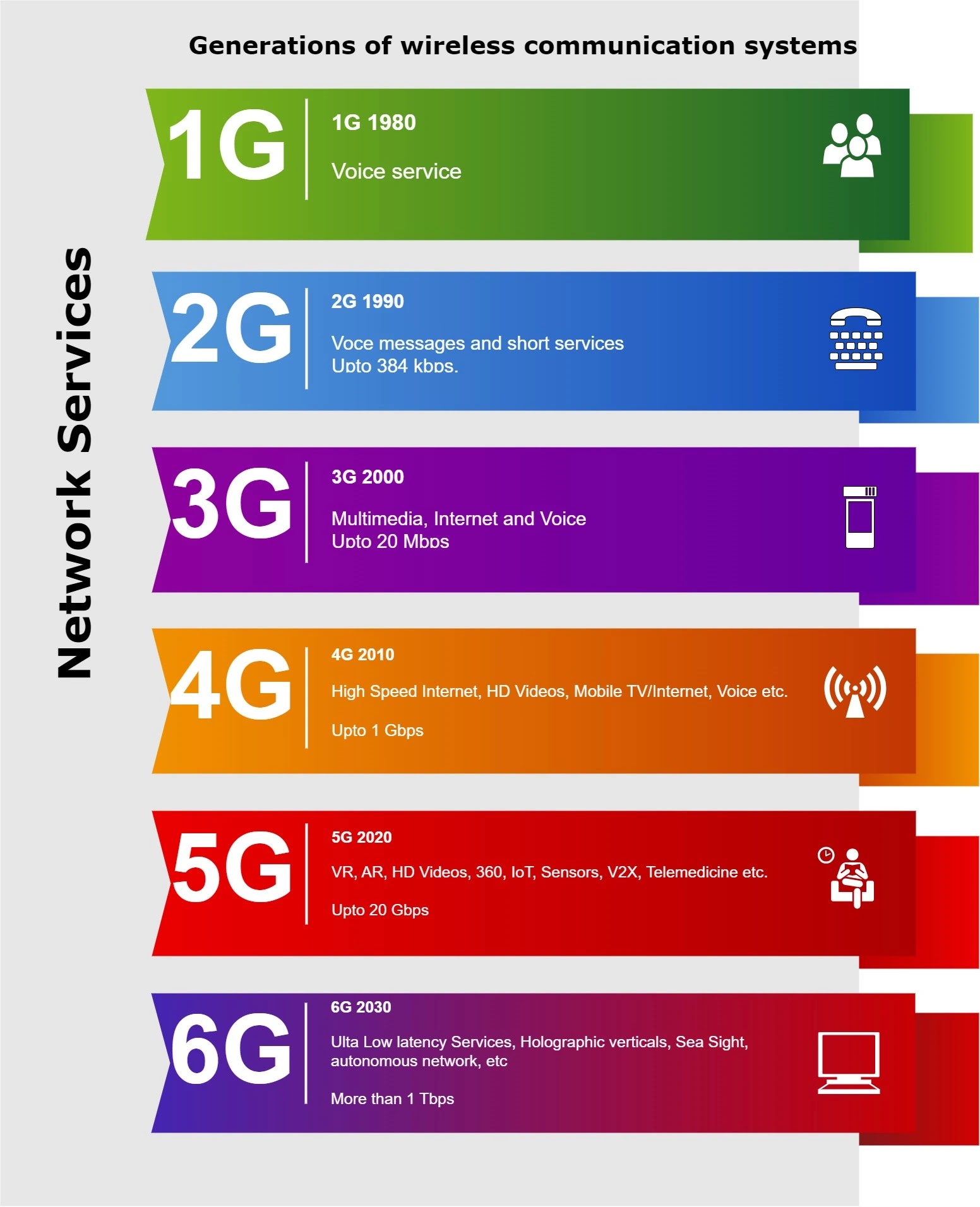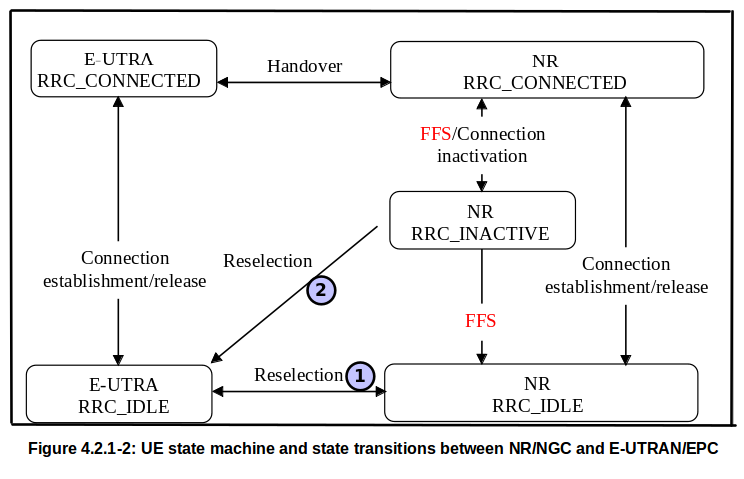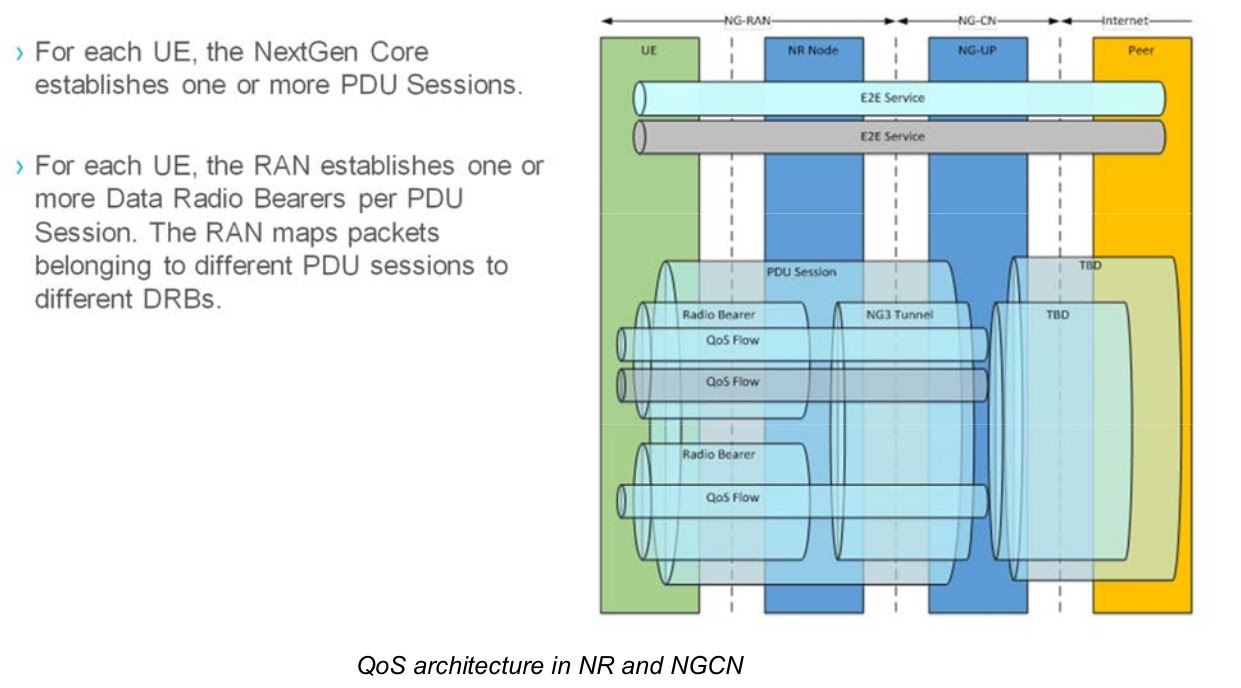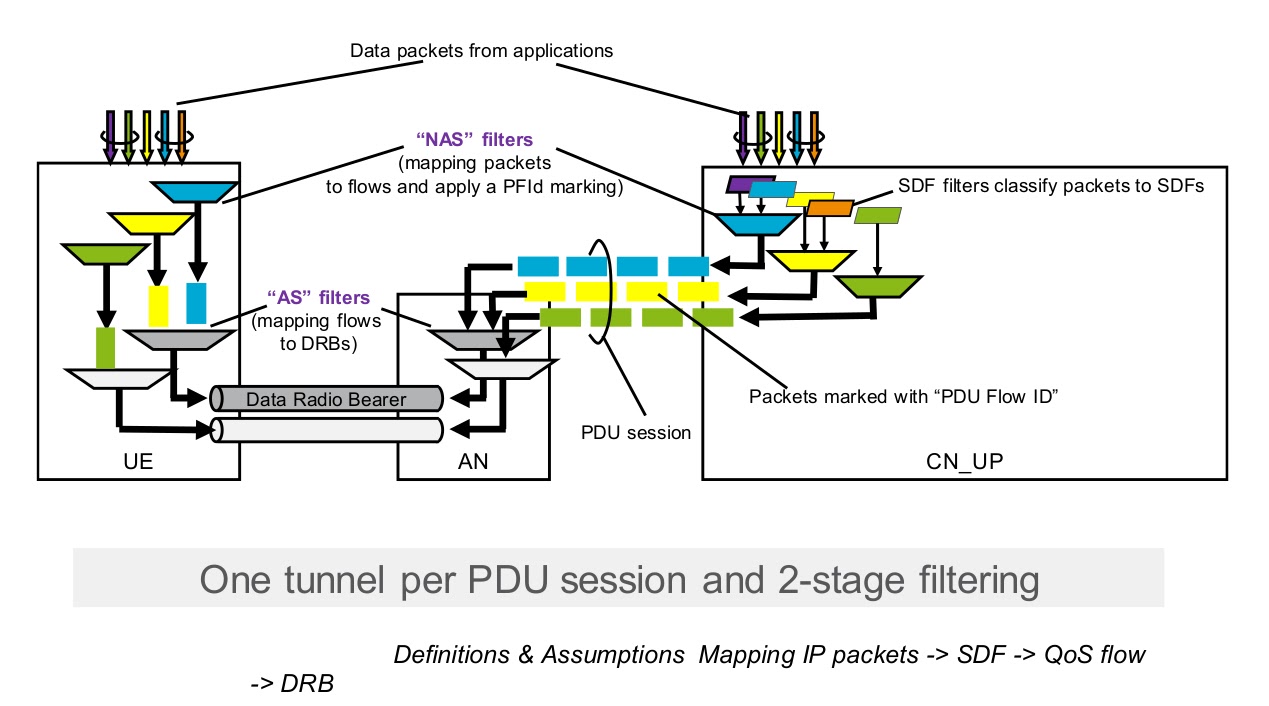Definition of RedCap UE
A RedCap UE has reduced capabilities with the intention to have lower complexity with respect to non-RedCap UEs RedCap UE is the UE with reduced capability:- The maximum bandwidth is 20 MHz for FR1 and is 100 MHz for FR2. UE features and corresponding capabilities related to UE bandwidths wider than 20 MHz in FR1 or wider than 100 MHz in FR2 are not supported by RedCap UEs;
- The maximum mandatory supported DRB number is 8;
- The mandatory supported PDCP SN length is 12 bits while 18 bits being optional;
- The mandatory supported RLC AM SN length is 12 bits while 18 bits being optional;
- For FR1, 1 DL MIMO layer if 1 Rx branch is supported, and 2 DL MIMO layers if 2 Rx branches are supported;
for FR2, either 1 or 2 DL MIMO layers can be supported, while 2 Rx branches are always supported. For FR1 and FR2, UE features and corresponding capabilities related to more than 2 UE Rx branches or more than 2 DL MIMO layers, as well as UE features and capabilities related to more than 1 UE Tx branch, or more than 1 UL MIMO layer are not supported by RedCap UEs;
- CA, MR-DC, DAPS, CPAC and IAB (i.e., the RedCap UE is not expected to act as IAB node) related UE features and corresponding capabilities are not supported by RedCap UEs. All other feature groups or components of the feature groups as captured in TR 38.822 [24] as well as capabilities specified in this specification remain applicable for RedCap UEs same as non-RedCap UEs, unless indicated otherwise.
General parameters
ncd-SSB-ForRedCapInitialBWP-SDT-r17
Indicates that the UE supports using RedCap-specific initial DL BWP associated with NCD-SSB for SDT. If absent, the UE only supports SDT in an initial DL BWP that includes the CD-SSB. UE supporting this feature shall indicate support of supportOfRedCap-r17 and ra-SDT-r17 and/or cg-SDT-r17.supportOf16DRB-RedCap-r17
Indicates whether the RedCap UE supports 16 DRBs. This capability is only applicable for RedCap UEs.supportOfRedCap-r17
Indicates that the UE is a RedCap UE with comprised of at least the following functional components:- Maximum FR1 RedCap UE bandwidth is 20 MHz;
- Maximum FR2 RedCap UE bandwidth is 100 MHz;
- Support of RedCap early indication based on Msg1, MsgA (if UE indicated support of twoStepRACH-r16) and Msg3 for random access;
- Separate initial UL BWP for RedCap UEs;
- It includes the configuration(s) needed for RedCap UE to perform random access
- Enabling/disabling of frequency hopping for common PUCCH resources
- Separate initial DL BWP for RedCap UEs;
- It includes CSS/CORESET for random access
- For separate initial DL BWP used for paging, CD-SSB is included
- For separate initial DL BWP only used for RACH, SSB may or may not be included
- For separate initial DL BWP used in connected mode as BWP#0 configuration option 1, CD-SSB is included
- 1 UE-specific RRC configured DL BWP per carrier;
- 1 UE-specific RRC configured UL BWP per carrier;
- UE-specific RRC-configured DL BWP with CD-SSB or NCD-SSB;
- NCD-SSB based measurements in RRC-configured DL BWP.
A RedCap UE shall set the field to supported.
PDCP parameters
longSN-RedCap-r17
Indicates whether the RedCap UE supports 18-bit length of PDCP sequence number. This capability is only applicable for RedCap UEs.RLC parameters
am-WithLongSN-RedCap-r17
Indicates whether the RedCap UE supports AM DRB with 18-bit length of RLC sequence number. This capability is only applicable for RedCap UEs.MeasAndMobParameters
rrm-RelaxationRRC-ConnectedRedCap-r17
Indicates whether UE supports Rel-17 relaxed RRM measurements in RRC_CONNECTED as specified in TS 38.331 [9].Physical layer parameters
BandNR parameters
bwp-WithoutCD-SSB-OrNCD-SSB-RedCap-r17
Indicates support of RRC-configured DL BWP without CD-SSB or NCD-SSB. The UE can include this field only if the UE supports supportOfRedCap-r17. halfDuplexFDD-TypeA-RedCap-r17
Indicates support of Half-duplex FDD operation (instead of full-duplex FDD operation) type A for RedCap UE. The UE can include this field only if the UE supports supportOfRedCap-r17.Identification, access and camping restrictions
- A RedCap UE can be identified by the network during Random Access procedure via MSG3/MSGA from a RedCap specific LCID(s) and optionally via MSG1/MSGA (PRACH occasion or PRACH preamble). For RedCap UE identification via MSG1/MSGA, RedCap specific Random-Access configuration may be configured by the network.- For MSG3/MSGA, a RedCap UE is identified by the dedicated LCID(s) indicated for CCCH identification (CCCH or CCCH1) regardless of whether RedCap specific Random-Access configuration is configured by the network.
- RedCap UEs with 1 Rx branch and 2 Rx branches can be allowed separately via system information. In addition, RedCap UEs in Half-Duplex FDD mode can be allowed via system information.
- A RedCap specific IFRI can be provided in SIB1, when absent, RedCap UEs access is not allowed. Information on which frequencies RedCap UE access is allowed can be provided in system information.
- A RedCap UE with 1 Rx branch applies the associated offset for broadcasted cell specific RSRP thresholds for random access, SDT, cell edge condition and cell (re)selection criterion as specified in TS 38.133 [13].
- A RedCap UE with 1 Rx branch applies the associated offset for broadcasted cell specific RSRP thresholds for random access, SDT, cell edge condition and cell (re)selection criterion as specified in TS 38.133 [13].
NOTE: It is up to the E-UTRA network, if possible, to avoid handover attempts of a RedCap UE to a target NR cell not supporting RedCap. It is up to the RedCap UE implementation, if possible, to recover from handover attempts to a target NR cell not supporting RedCap.
RRM measurement relaxations
RRM measurement relaxation is enabled and disabled by the network. In RRC_IDLE and RRC_INACTIVE a RedCap UE is allowed to relax neighbor cell RRM measurements when the stationary criterion is met or when both stationary criterion and not-at-cell-edge criterion are met. Network may configure stationary criterion for a RedCap UE in RRC_CONNECTED and the UE reports its RRM measurement relaxation fulfilment status using UE Assistance Information when the stationarity criterion is met or no longer met.BWP operation
A RedCap UE in RRC_IDLE or RRC_INACTIVE monitors paging only in an initial BWP (default or RedCap specific) associated with CD-SSB and performs cell (re-)selection and related measurements on the CD-SSB. If a RedCap specific initial UL BWP is configured and NUL is selected, RedCap UEs in RRC_IDLE and RRC_INACTIVE shall use only the RedCap-specific initial UL BWP to perform RACH.A RedCap UE may be configured with multiple NCD-SSBs provided that each BWP is configured with at most one SSB. NCD-SSB may be configured for a RedCap UE in RRC_CONNECTED to perform RLM, BFD, and RRM measurements and RA resource selection when the active BWP does not contain CD-SSB.
NR RedCap UEs differentiation
- This functionality is used by the network to identify traffic to/from UEs accessing over NR RedCap, e.g. for charging differentiation.- An NR RedCap UE using NR shall provide an NR RedCap indication to the NG-RAN during RRC Connection Establishment procedure as defined in TS 38.300 [27].
- When the UE has provided an NR RedCap indication to the NG-RAN during RRC Connection Establishment, the NGRAN shall provide an NR RedCap Indication to the AMF in the Initial UE Message (see clause 4.2.2.2.1 of TS 23.502 [3] and TS 38.413 [34]).
- When the AMF receives an NR RedCap Indication from NG-RAN in an Initial UE Message, the AMF shall store the NR RedCap Indication in the UE context, consider that the RAT type is NR RedCap and signal it accordingly to the SMSF during registration procedure for SMS over NAS, to the SMF during PDU Session Establishment or PDU Session Modification procedure. The PCF will also receive the NR RedCap RAT type indication when applicable, from the SMF during SM Policy Association Establishment or SM Policy Association Modification procedure.
- During handover from E-UTRA to NR, the target NG-RAN (i.e. gNB) provides the NR RedCap indication to AMF in NGAP Path Switch Request message during Xn handover, or NGAP Handover Request Acknowledge message during N2 handover (including intra 5GS N2 handover and EPS to 5GS handover) based on the UE capability information provided by the source RAN to the target RAN as specified in TS 38.300 [27].
- The NFs interacting with CHF shall include the NR RedCap as RAT type Upon AMF change, the source AMF shall provide the "NR RedCap Indication" to the target AMF.
- The NFs interacting with CHF shall include the NR RedCap as RAT type Upon AMF change, the source AMF shall provide the "NR RedCap Indication" to the target AMF.




















